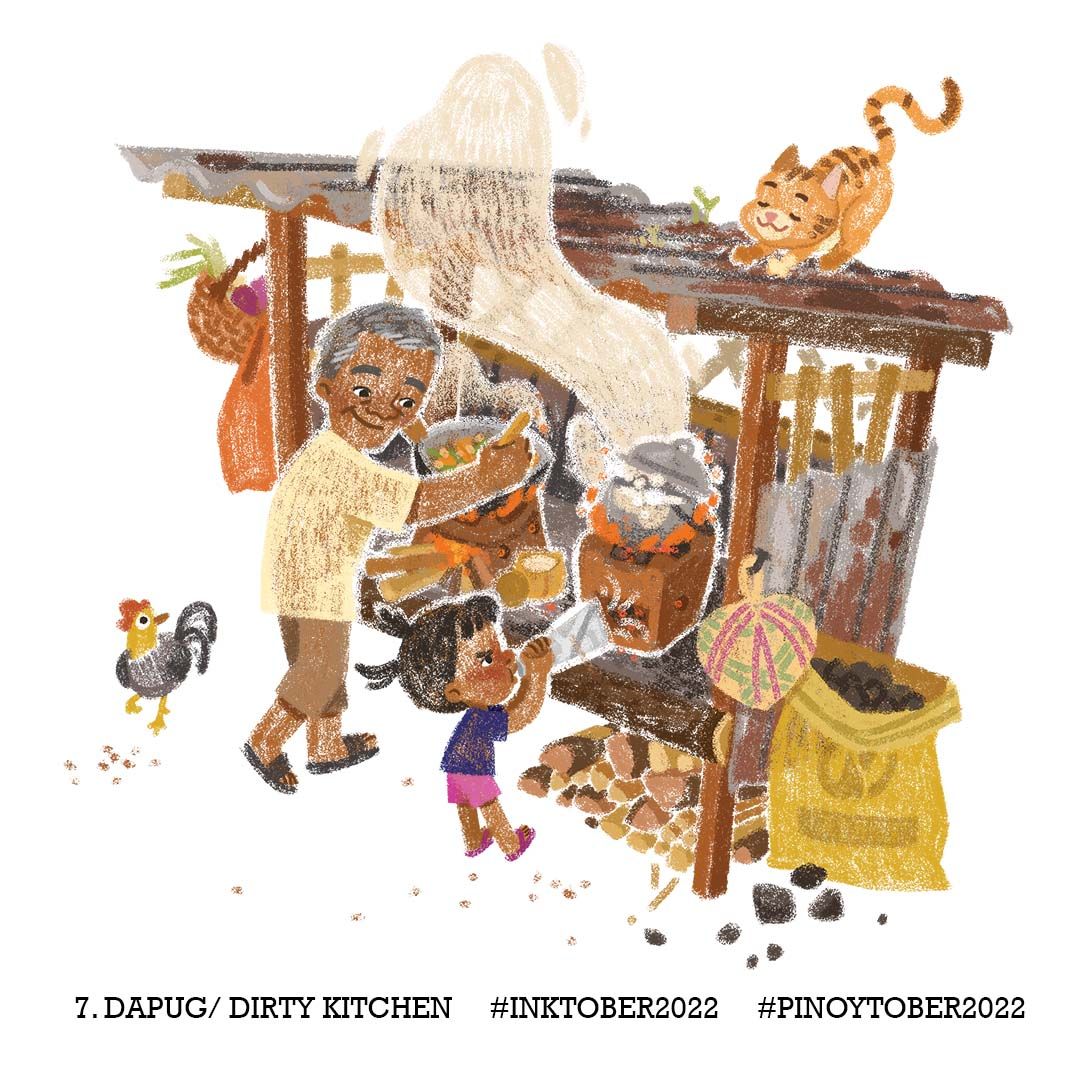NYRRYL'S PINOYTOBER 2022
-
#2 BARONG TAGALOG
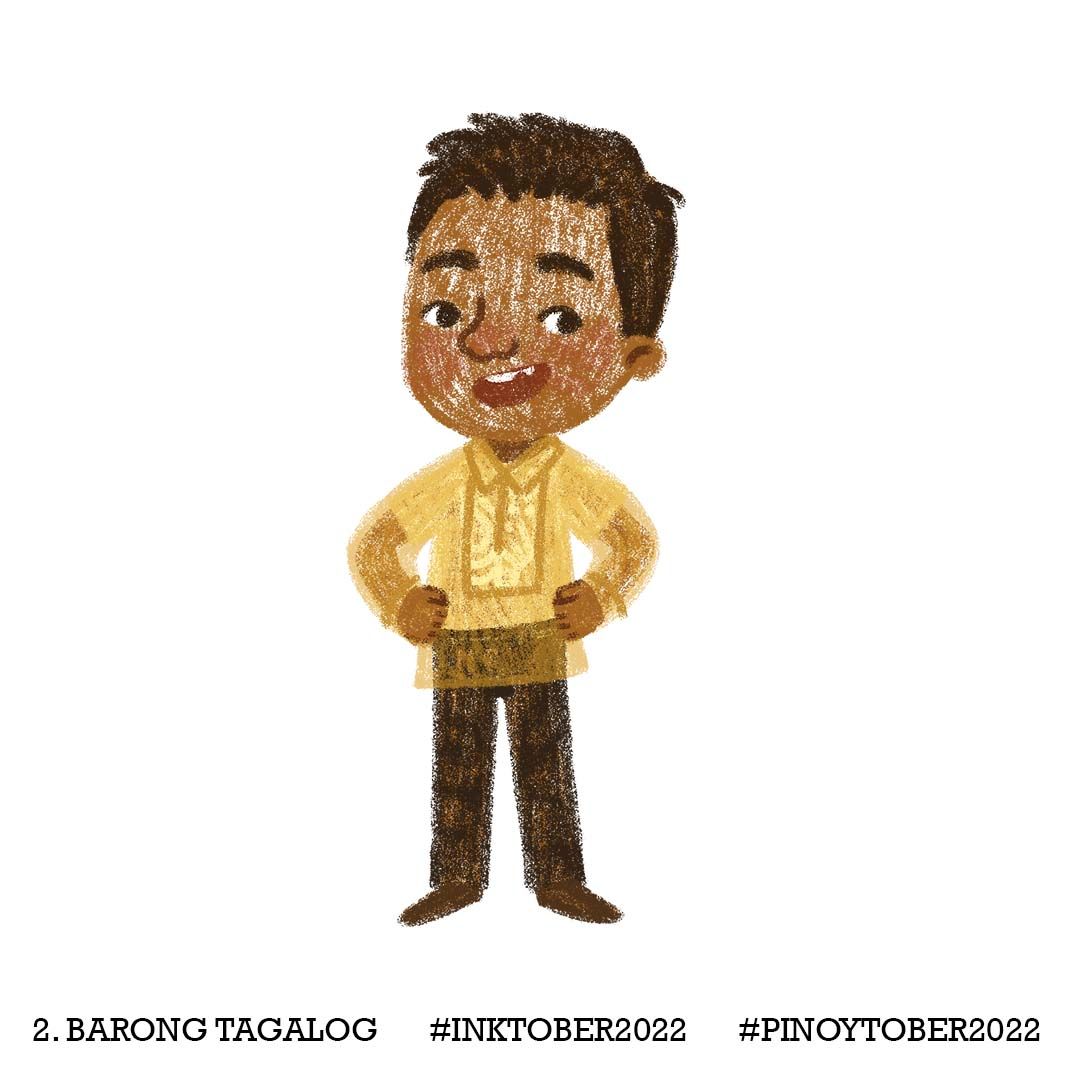
#1 FILIPINIANA
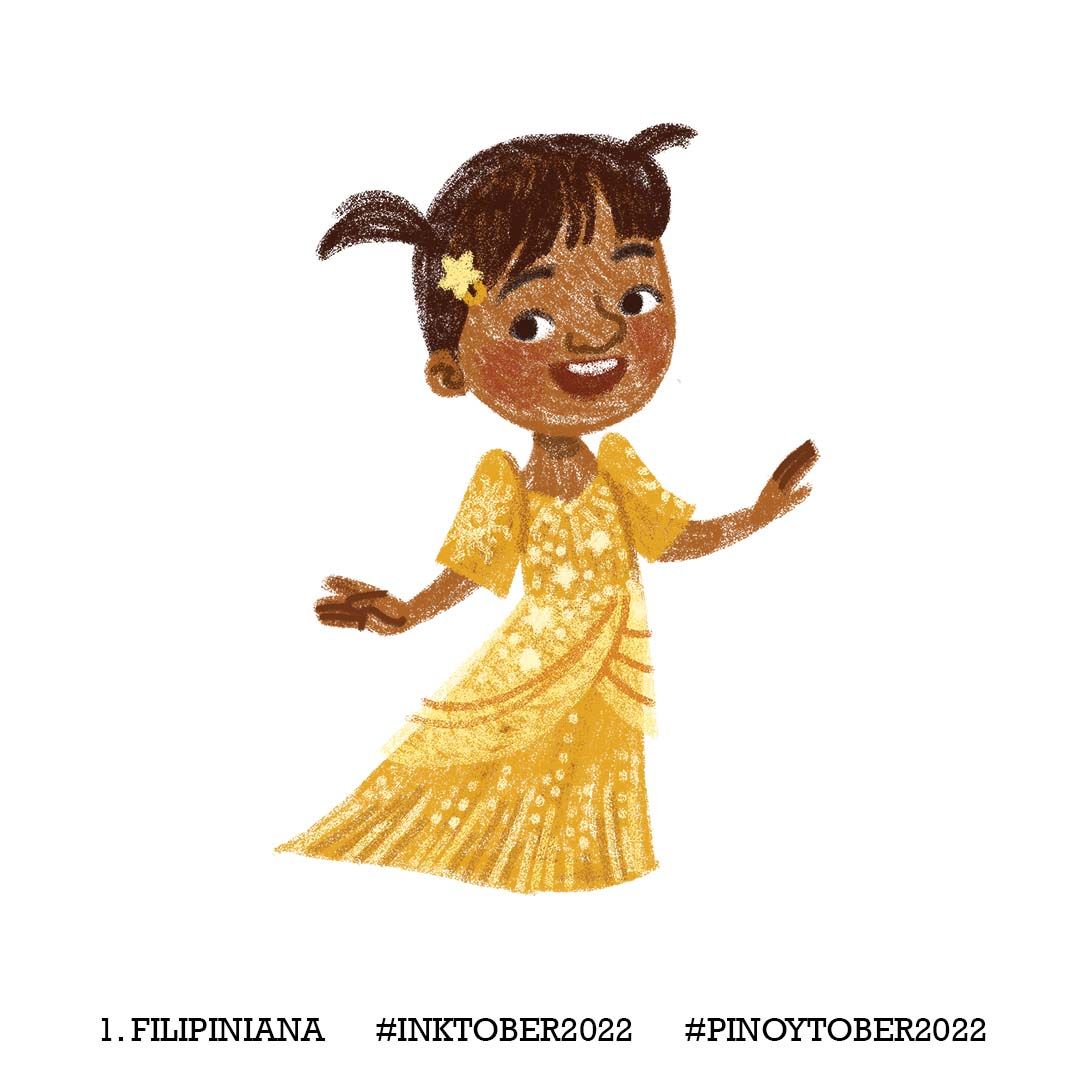
-
I love the illustrations.
-
@Mara-Price thank u!



-
PINOYTOBER #3 Pandanggo sa Ilaw
This is how Wikipedia defines it:
Pandanggo is a Philippine folk dance which has become popular in the rural areas of the Philippines. The dance evolved from Fandango, a Spanish folk dance, which arrived in the Philippines during the Hispanic period.
Pandanggo sa Ilaw (Fandago with Lights, originated Mindoro, involves the dancers performing while balancing lights.
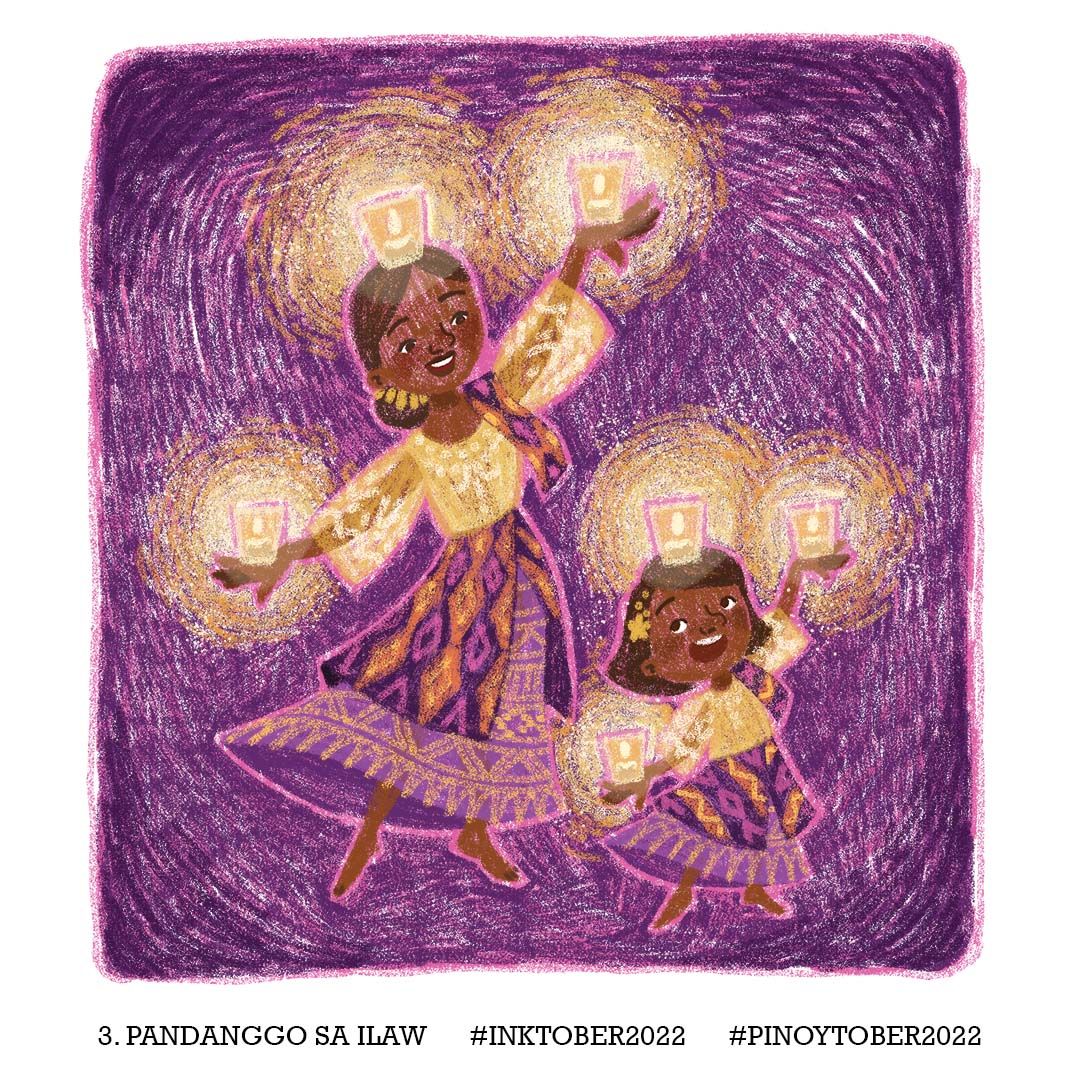
-
This post is deleted! -
@Nyrryl-Cadiz Beautiful! Looking forward to see more pieces!
-
Very cute illustrations. I am learning a lot too which is really cool.
-
So cute @Nyrryl-Cadiz bravo

-
@Nyrryl-Cadiz
PINOYTOBER 4 T'BOLIThe T'boli (TEE-BOH-LEE) people are one of the indigenous peoples of South Cotabato in southern Mindanao. The T'boli is definitely one of the most colorful tribes in the Philippines. They are also one of the few tribes that escaped being Westernized during the Spanish colonization of the Philippinesdue to their remote location.
Overall, they are a delight to draw. I based the pose of the characters below from the University of Mindanao's performance of Kuyo No Tebulul, a T'boli folk song which means 'Wood on Top of Mountain'. The song is about collecting fire wood up in the mountains hence the echo-ey sound.
Here's a link to the Kuyo No Tebulul performance:
https://www.youtube.com/watch?v=6NssbrcHQ8M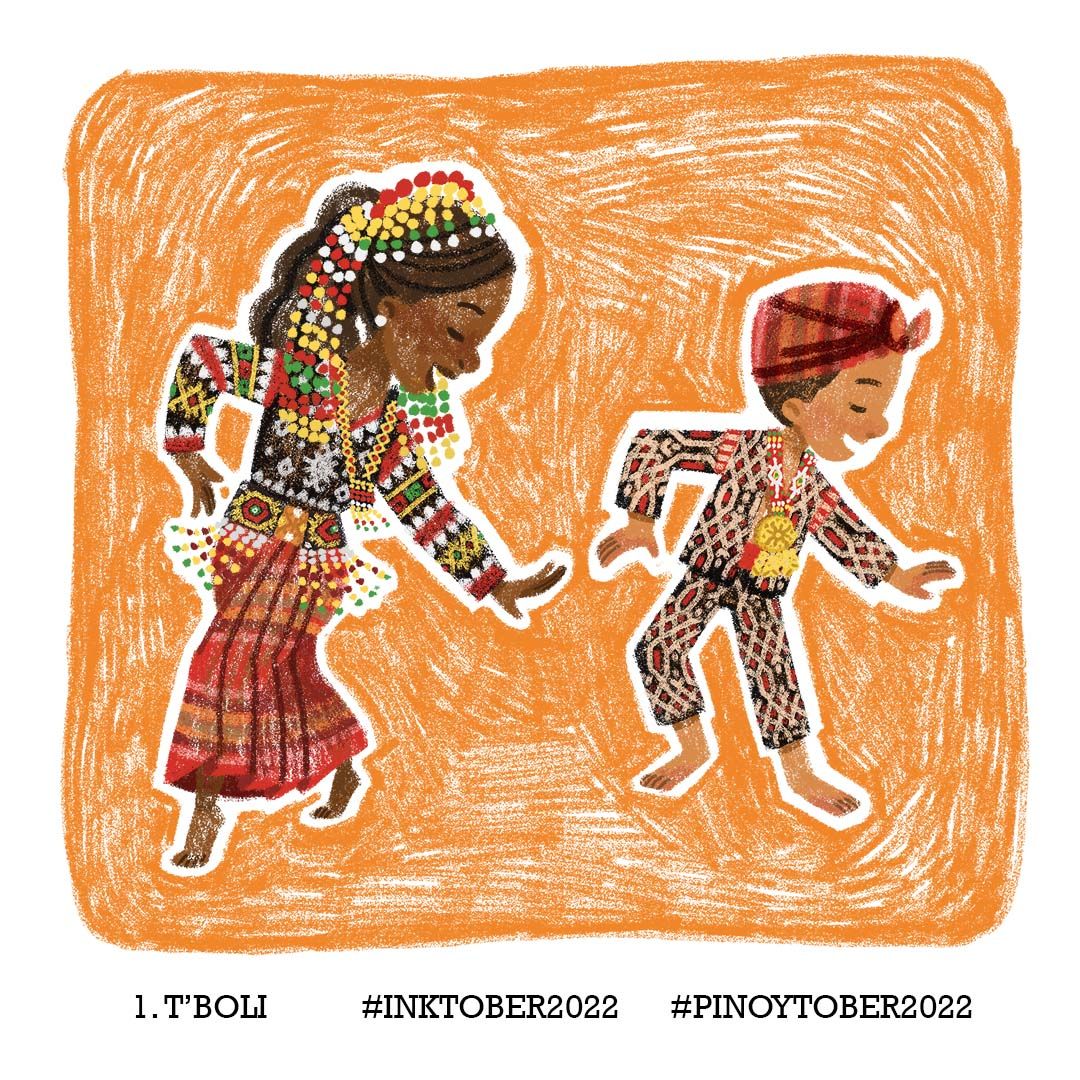
also, since people mentioned that they loved learning more about Filipino culture on my last post, I've decided to add my reference images of the T'boli people.
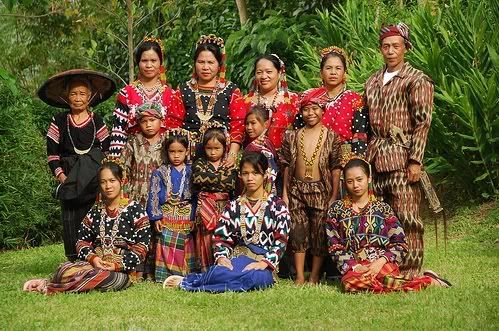
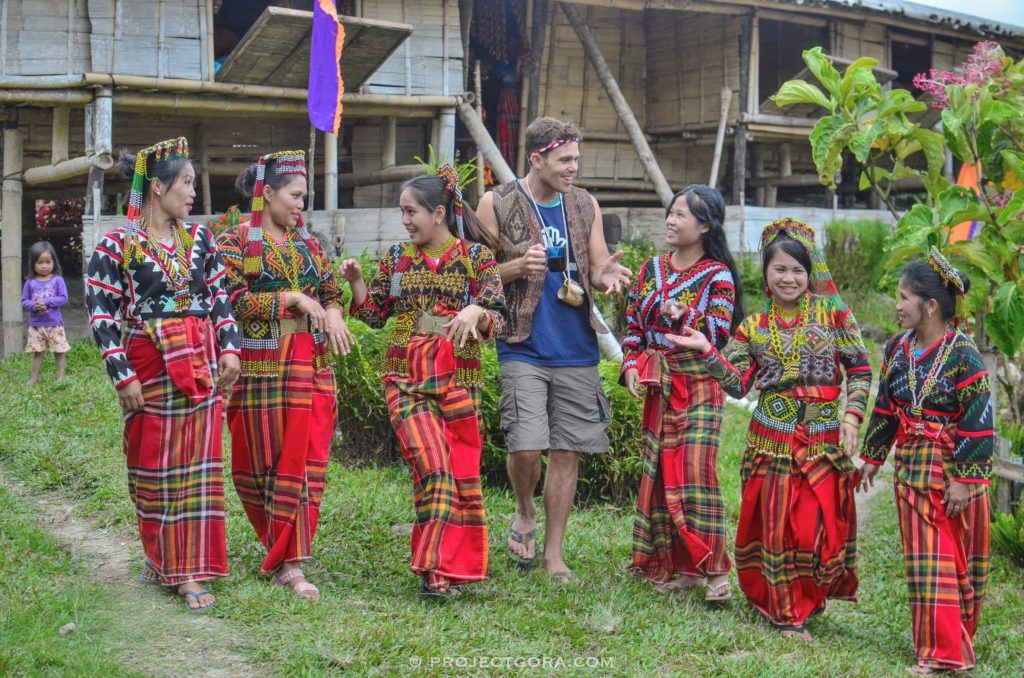
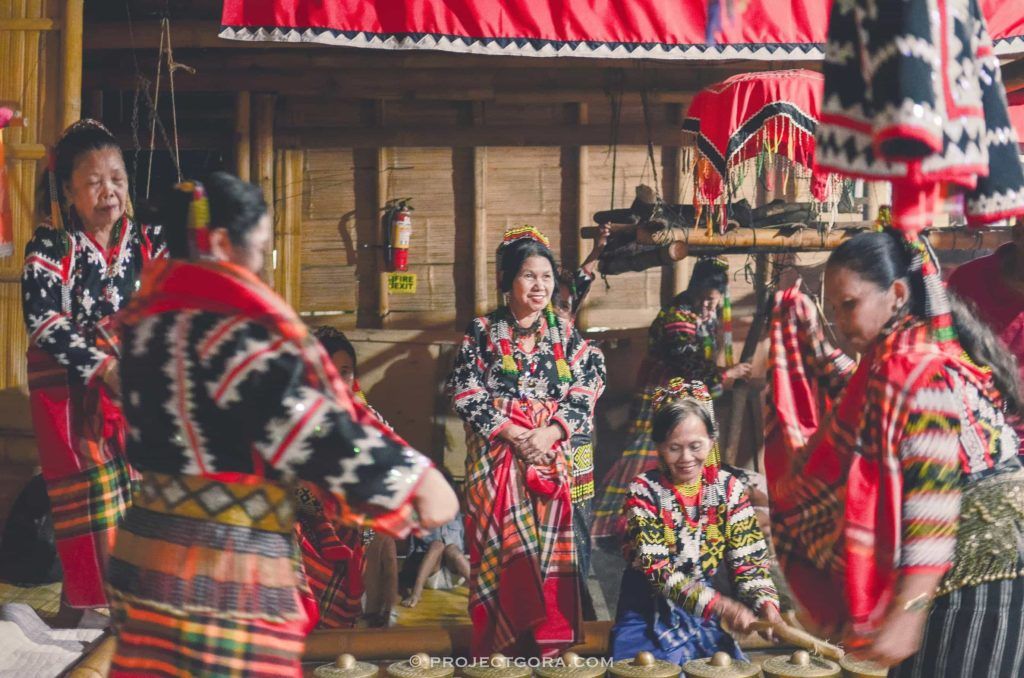
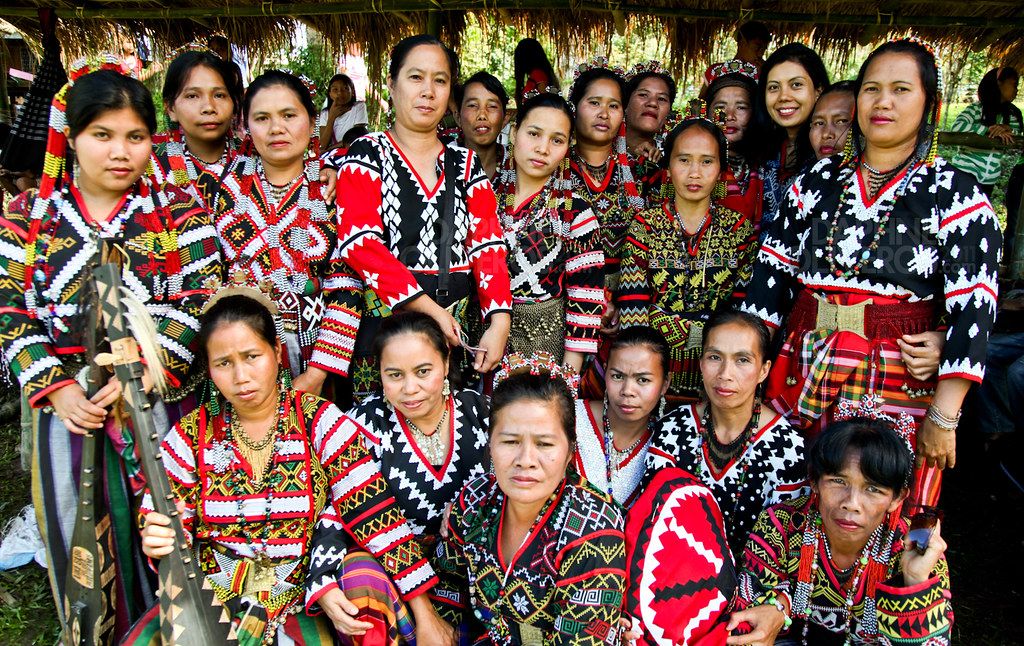
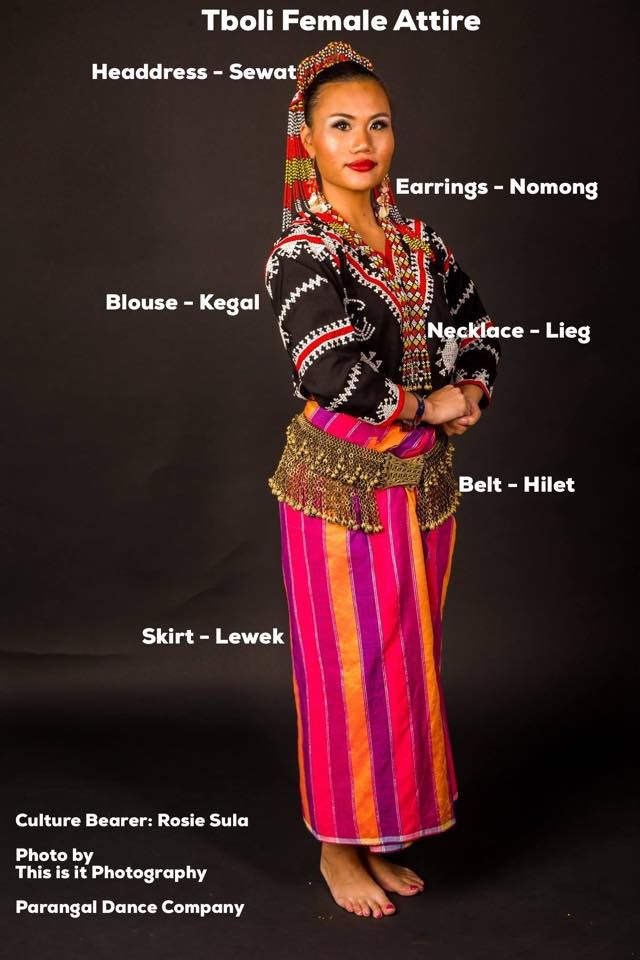
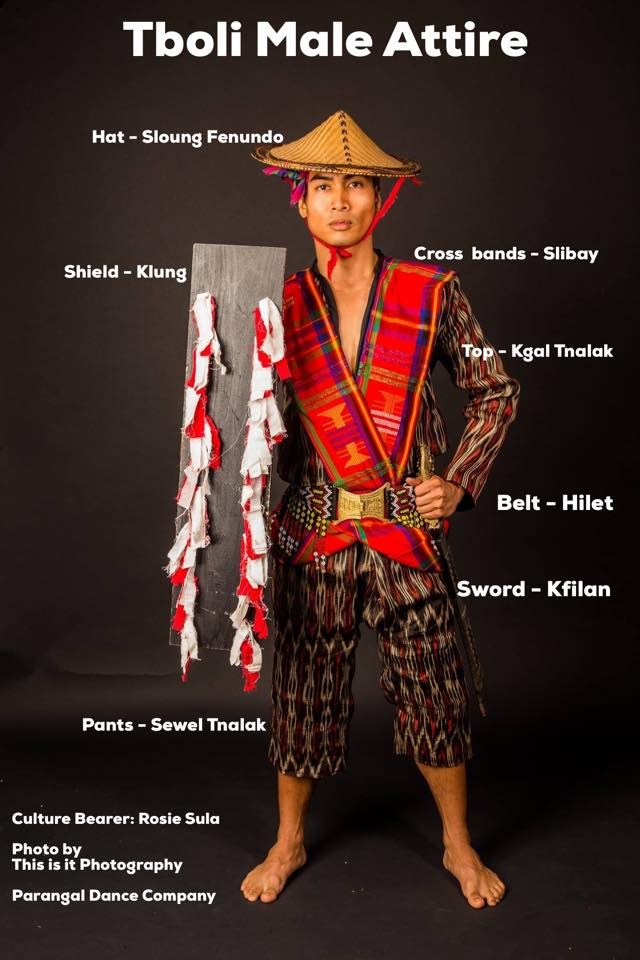
-
@ann-nadine @Kim-Rosenlof @JQ @Stephanie-H thank you!

-
PINOYTOBER #5 KULAMBO
A Kulambo (Tagalog) is a Mosquito Net. Philippines being a tropical country, has a lot of mosquitoes. that's why many Filipinos prefer sleeping with a mosquito net if their doors and windows don't have any screens. When I was a kid I hated having to put up the Kulambo before bed but it had to be done.
Also, a lot of Filipinos only sleep on mats but that is slowly changing nowadays as more and more Pinoys get better jobs and could afford mattresses. hooray! lolz
i hope you guys also like this more mundane side of Filipino culture as well.
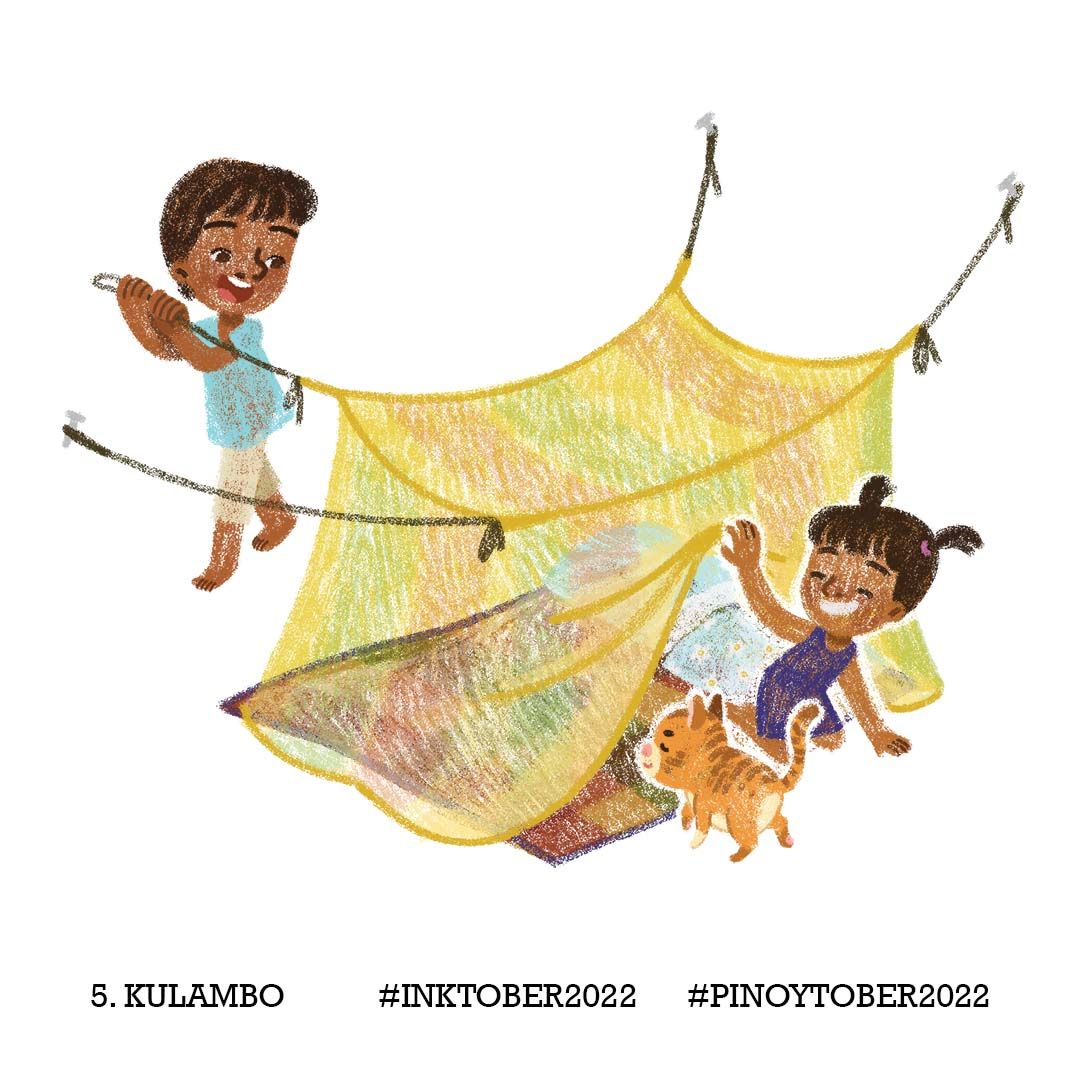
-
@Nyrryl-Cadiz
PINOYROBER #6 "MANO PO"Mano or Pagmamano is a gesture used in Filipino culture performed as a sign of respect to elders and as a way of accepting a blessing from the elder.
The word “mano” is Spanish for “hand” while the word “po” is often used in Filipino culture and language at the end of each sentence as a sign of respect when addressing someone older. Put together, “mano po” literally translates to “your hand please” as the greeting initiates the gesture of touching the back of the hand of an elder lightly on one’s forehead. An identical tradition is followed in neighbouring Indonesia and Malaysia called “salim” and “salam” respectively, suggesting that the Mano po tradition dates to precolonial times.
SOURCE http://pnjkincdavao.com/tag/mano-po/
I've definitely fallen behind but I'm not stopping. Stay tuned for more!
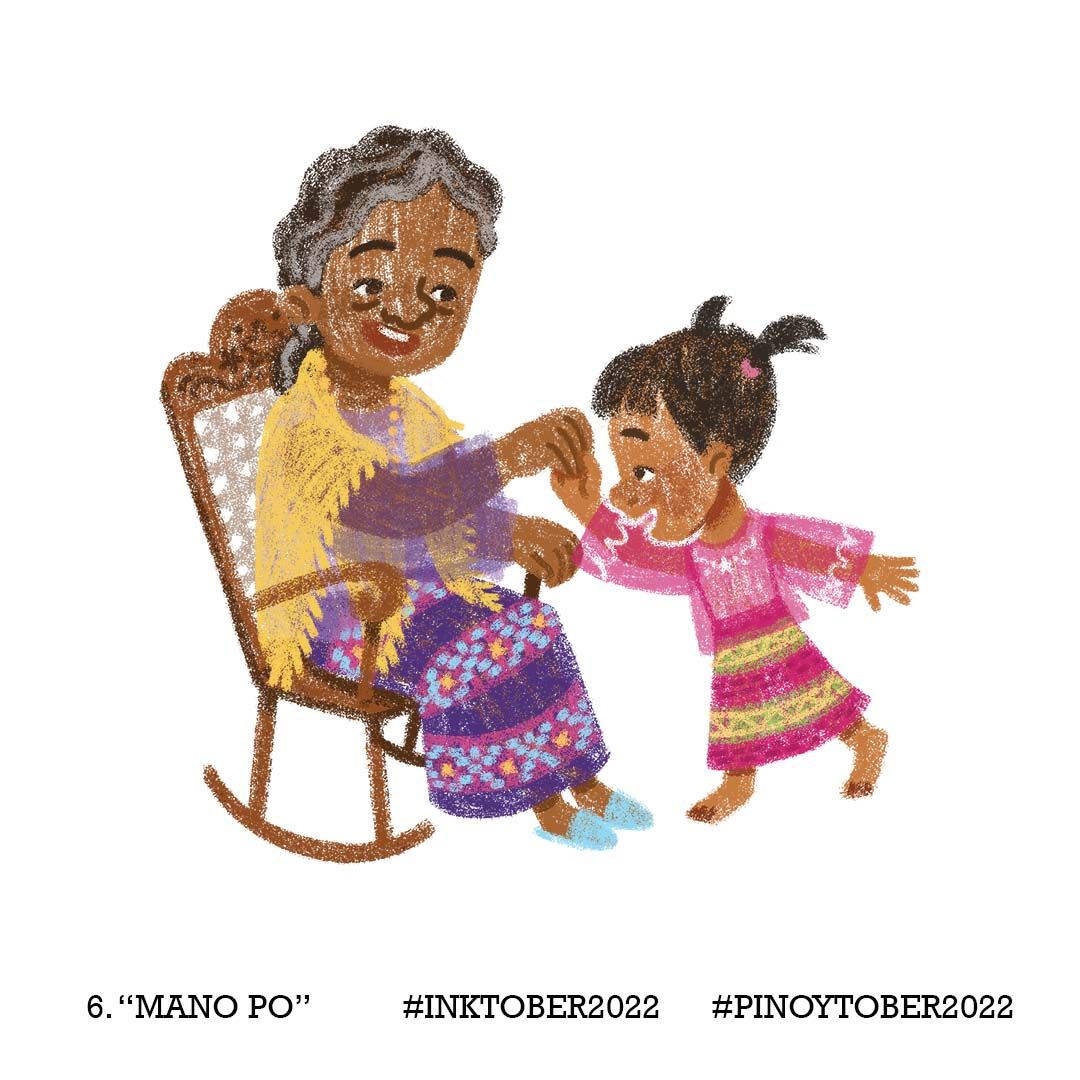
i also wanna add that i based this piece on a painting by Filipino artist Jun Impas.
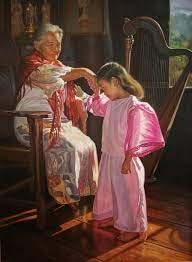
-
PINOYTOBER 7 DAPUG/ DIRTY KITCHEN
DAPUG/ DIRTY KITCHEN (Cebuano; Dah-poog).
A Dapug is basically a cooking shed usually separate from the main house. It is commonly called as 'Dirty Kitchen' (despite not necessarily being so) because it is where Filipinos cook using charcoal and firewood which can be messy.
I've drawn here the kid furiously blowing at the charcoal stove in order to increase the flames. this was definitely me when I was younger. I was in charge of keeping the flames burning while an adult does the more intricate cooking. lolz

